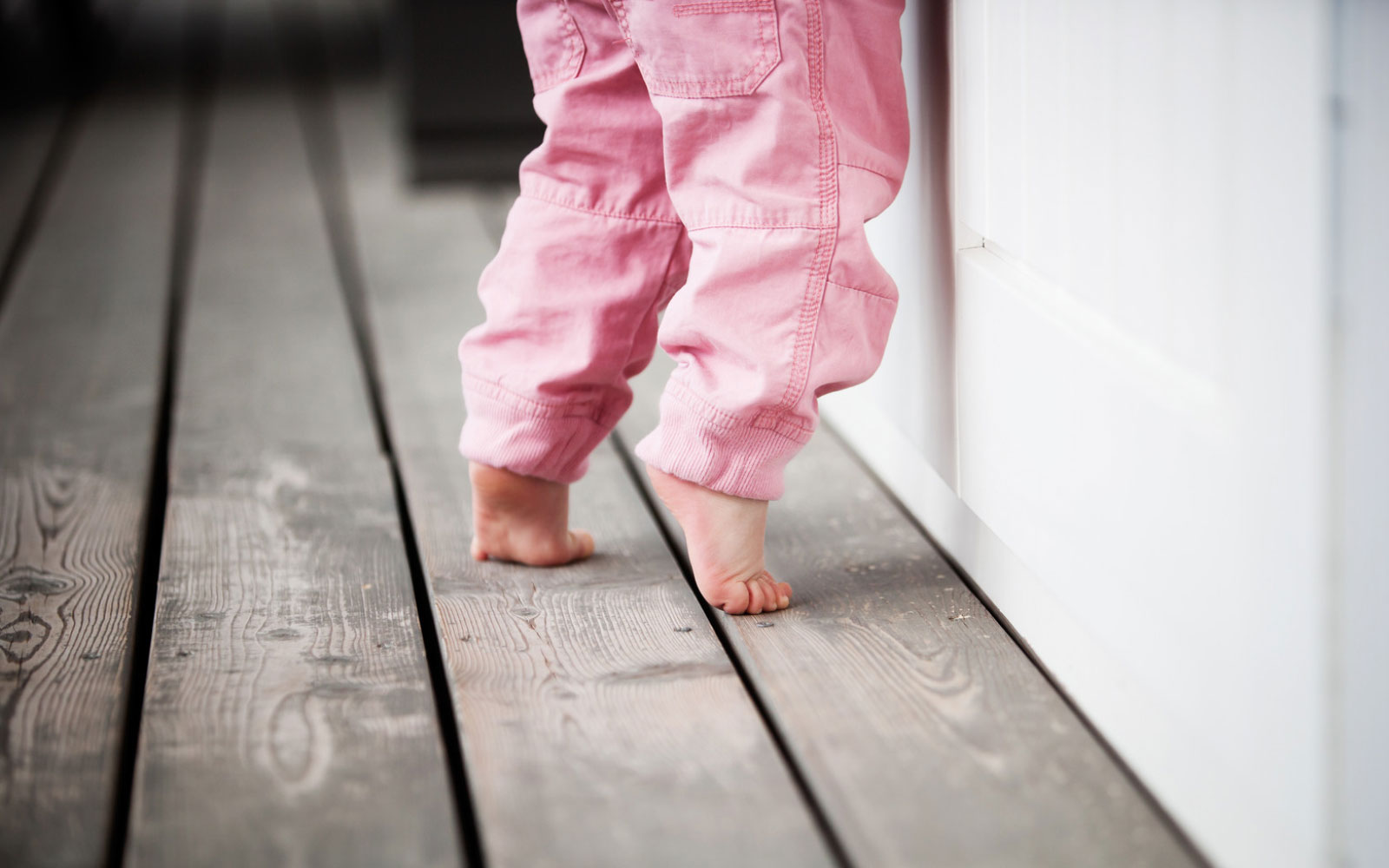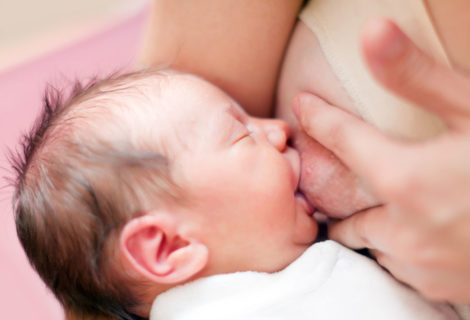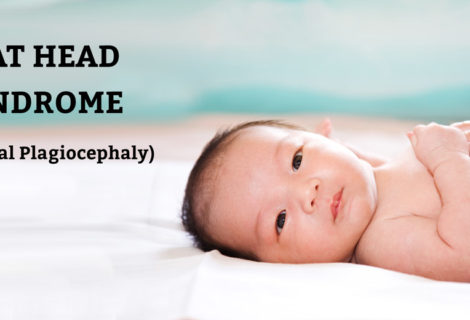Are baby walkers and jolly jumpers okay for my baby?
Sometimes parents ask me if baby walkers and jolly jumpers will help prepare their child for walking. It might seem that way but in fact frequent use may actually hinder or delay their normal development.
When a baby is placed in a baby walker or jolly jumper they are put into a position that is not normal for a child at that age; plus when baby’s feet do not reach the floor properly, it makes them push on their tiptoes to get around or bounce up and down. This is not ideal for the structure of their foot or hips and if used often enough will tighten/shorten the muscles at the back of their legs.
At the same time they have their legs pushed apart by the harness and this may lead to strains in their spine, pelvis and hips. As baby’s spinal curvatures are still developing, the baby walker and jolly jumpers are promoting incorrect postures in the infant, and this can potentially lead to problems when they start to walk and it may also have implications for them later on in life.
If very young babies are placed into jolly jumpers their necks can be very vulnerable to strains as they don’t have the muscular development to support their neck. The bouncing action will also jolt the spine, pelvis and hip joints.
Your baby’s nervous and musculoskeletal systems are rapidly developing; it’s the sequence of rolling, sitting, crawling and pulling to stand that is important in laying down the foundations for normal postural development, co-ordination, their sense of position and balance. Your baby needs lots of time playing on the floor to help them practice these many different movements. This helps their body to establish the correct nerve pathways and increased tone in their muscles to help them get ready for walking, and meet their developmental milestones.
In my experience, babies are very clever and will reach their developmental milestones without us hurrying them along, as long as we provide them with lots of opportunities for them to be on the floor and exploring their surroundings by rolling, sitting, crawling, and pulling to stand until they are off walking on their own and ready to explore the world.







